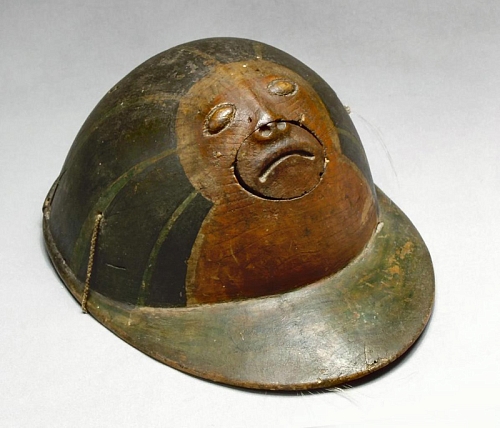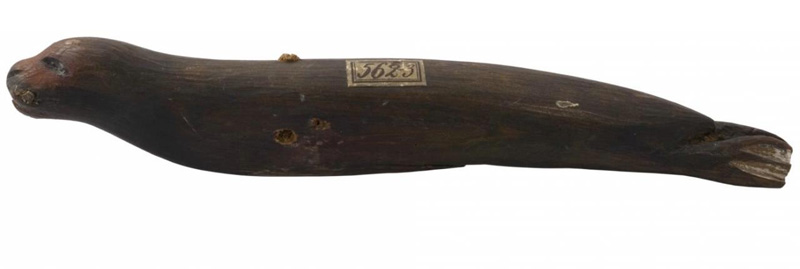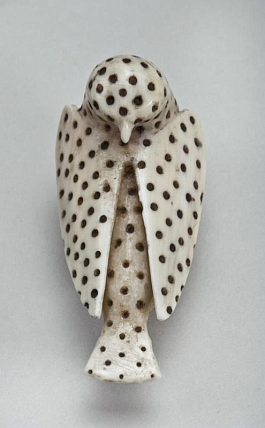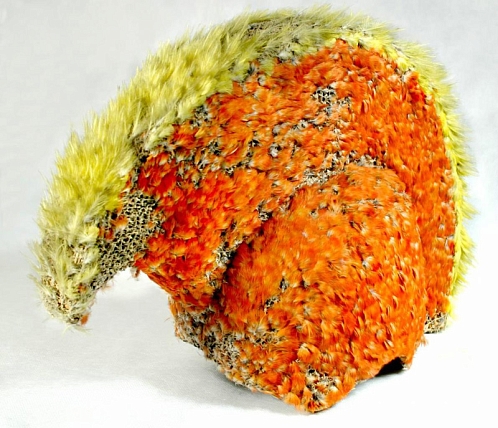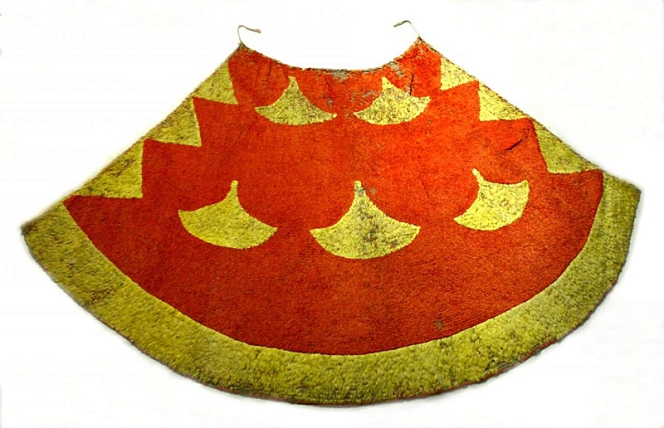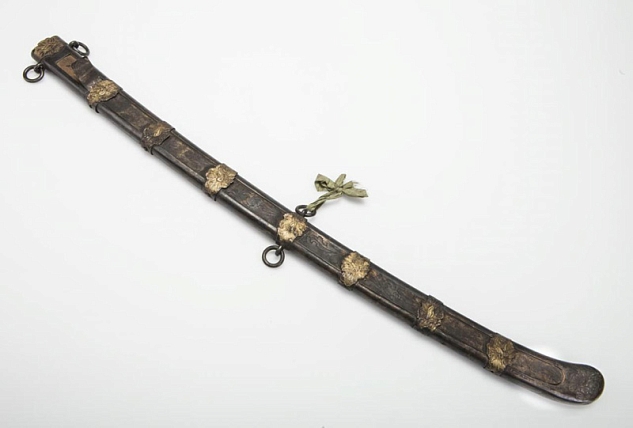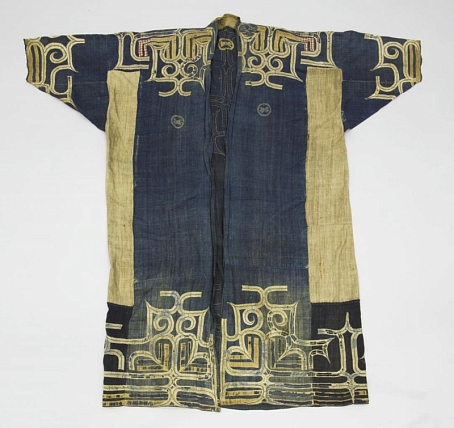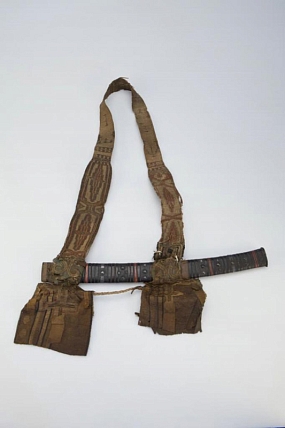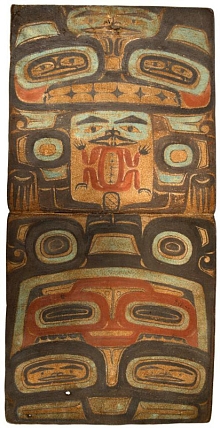- Visit Us Safely
- Opening Hours
- Getting Here
- Admission and Tickets
- Exhibitions
- Virtual 3D Tour
- Kunstkamera Mobile Guide
- History of the Kunstkamera
- The Kunstkamera: all knowledge of the world in one building
- Establishment of the Kunstkamera in 1714
- The Kunstkamera as part of the Academy of Sciences
- The Kunstkamera building
- First collections
- Peter the Great's trips to Europe
- Acquisition of collections in Europe: Frederik Ruysch, Albert Seba, Joseph-Guichard Duverney
- The Gottorp (Great Academic) globe
- Siberian expedition of Daniel Gottlieb Messerschmidt
- The Academic detachment of the second Kamchatka expedition (1733-1743)
- 1747 fire in the Kunstkamera
- Fr.-L. Jeallatscbitsch trip to China with a mission of the Academy of Sciences (1753-1756)
- Siberian collections
- Academy of Sciences' expeditions for geographical and economic exploration of Russia (1768-1774)
- Research in the Pacific
- James Cook's collections
- Early Japanese collections
- Russian circumnavigations of the world and collections of the Kunstkamera
- Kunstkamera superintendents
- Explore Collections Online
- Filming and Images Requests FAQs
Research in the Pacific
Economic activities of the Russian state in the Pacific region caused the strongest impact on the structure and completeness of Kunstkamera’s collections. Discoveries and achievements of the Second Kamchatka Expedition (1733-1743) were strengthened and expanded by state and private merchants and hunters’ expeditions. Besides solving economic and commercial tasks, imposing tributes in furs, and bringing residents of the Kuril and Aleutian Islands into Russian citizenship, the voyagers had tasks of, we could say, researching character. According to governmental regulations, they were to collect samples of minerals, flora, and fauna, items of traditional culture and everyday life of local communities, and describe everything in their reports. They were sending the items and reports to the Academy of Sciences.
The necessity to secure Russian territories in the Northern part of the Pacific, specifications and detailed descriptions of the Chukchi Peninsula, Aleutian Islands, and Alaska required sending to this region of the governmental Northeast geographical expedition under command of captain lieutenant J. Billings (1785-1793). Collections gathered by the expedition were passed to the Kunstkamera.
On July 8, 1799, Paul I issued an order to the Senate on establishment of the Russian-American Company. The major goal of the company was economic activities in the Kuril and Aleutian Islands, and Northwest part of the mainland America discovered by Russian navigators. Administration of the Russian-American Company encouraged collecting economic, geographical and ethnographic information and collections. Diverse collections of traditional culture and everyday life of Maritime East Asia, indigenous peoples of North America, and indigenous population of the Polynesian Islands were coming from managers and employees of the Russian-American Company.
